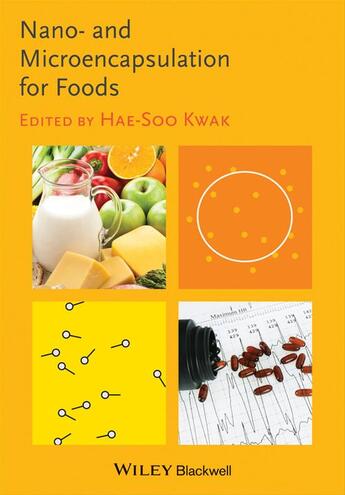-
Nombre de pages : (-)
-
Collection :
(-)
-
Genre :
(-)
-
Thème :
Non attribué
-
Prix littéraire(s) :
(-)
Résumé:
Today, nano- and microencapsulation are increasingly being utilized in the pharmaceutical, textile, agricultural and food industries. Microencapsulation is a process in which tiny particles or droplets of a food are surrounded by a coating to give small capsules. These capsules can be imagined... Voir plus
Today, nano- and microencapsulation are increasingly being utilized in the pharmaceutical, textile, agricultural and food industries. Microencapsulation is a process in which tiny particles or droplets of a food are surrounded by a coating to give small capsules. These capsules can be imagined as tiny uniform spheres, in which the particles at the core are protected from outside elements by the protective coating. For example, vitamins can be encapsulated to protect them from the deterioration they would undergo if they were exposed to oxygen.This book highlights the principles, applications, toxicity and regulation of nano- and microencapsulated foods.Section I describes the theories and concepts of nano- and microencapsulation for foods adapted from pharmaceutical areas, rationales and new strategies of encapsulation, and protection and controlled release of food ingredients.Section II looks closely at the nano- and microencapsulation of food ingredients, such as vitamins, minerals, phytochemical, lipid, probiotics and flavors. This section provides a variety of references for functional food ingredients with various technologies of nano particles and microencapsulation. This section will be helpful to food processors and will deal with food ingredients for making newly developed functional food products.Section III covers the application of encapsulated ingredients to various foods, such as milk and dairy products, beverages, bakery and confectionery products, and related food packaging materials.Section IV touches on other related issues in nano- and microencapsulation, such as bioavailability, bioactivity, potential toxicity and regulation.
Donner votre avis














